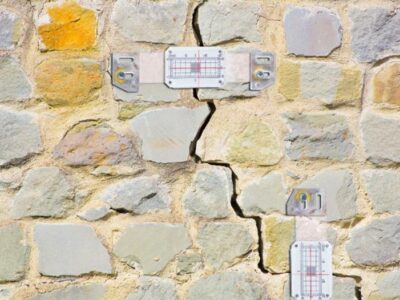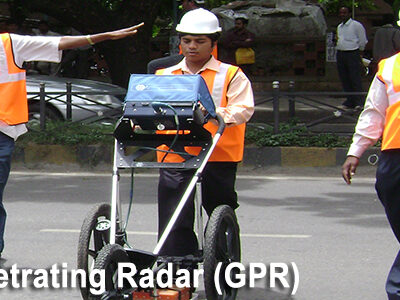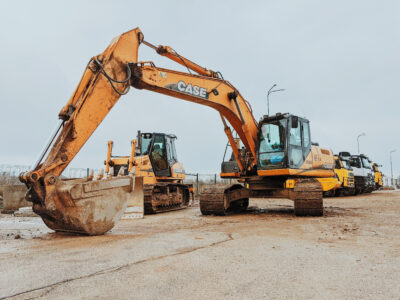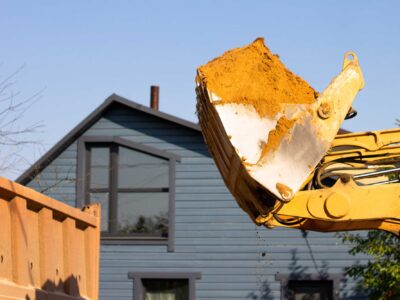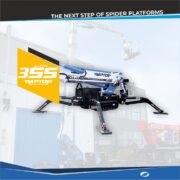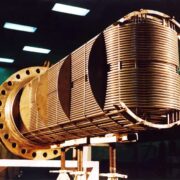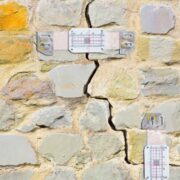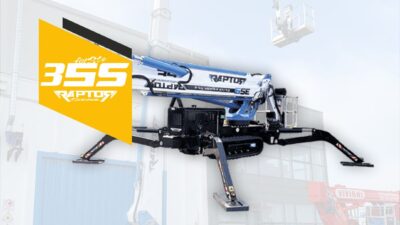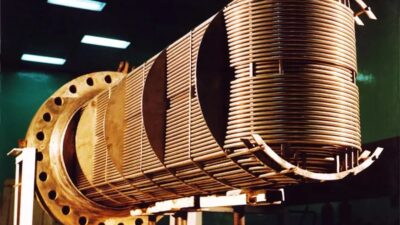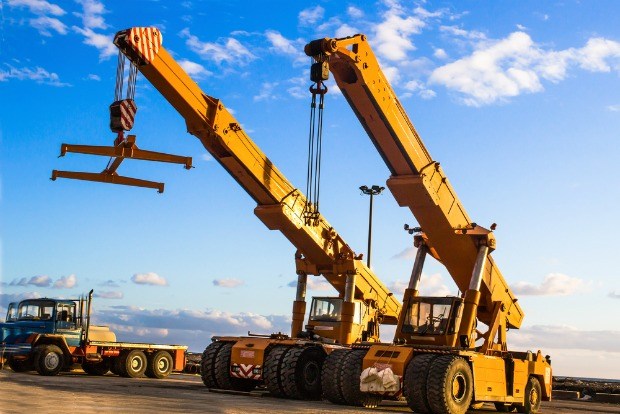
Today’s modern cranes are an essential component of any construction project.
Their towering presence is immediately visible on both commercial and residential construction sites. As they’re largely responsible for loading, unloading, and transporting materials throughout a construction site, they are an invaluable asset in today’s construction industry.
There are several cranes available on the market today for use on construction projects. While each can serve multiple purposes, some are meant for specific uses. The type of crane that is used on a site is largely dependent on the nature of the work.
This crane selection guide below will walk you through the most common crane types available for sale or hire on the market today.
1. Tower cranes
Undeniably, tower cranes hold the lion’s share in the crane market. They are the most common crane type, servicing sites that require maximum height and lifting capacity. They are most often deployed to construct tall buildings that surpass the height capabilities of other cranes.
A tower crane’s most prominent feature is that it is affixed to the ground via a strong concrete pad. It can also be mounted inside and atop of the building being constructed.
2. Truck-mounted cranes
Few crane types provide as much versatility as a truck-mounted crane. As the name implies, a truck-mounted crane is a crane mounted on top of a truck. This mobile platform affords truck-mounted cranes the ability to get to work with minimal setup.
Being vehicle-mounted means truck-mounted cranes can move with little restriction, making them effective for projects that service multiple construction sites. This also means they have a smaller footprint and superior flexibility, providing access to sites not available to other crane types.
Truck-mounted cranes are defined by their mobile platform. As a mobile crane type, a truck-mounted crane can travel across various roads, including highways, which further enhances its versatility.
3. Overhead cranes
Overhead cranes or suspended cranes are exactly as they are described: They are large cranes equipped overhead.
They are mainly used in factories, shipyards, and manufacturing plants. Overhead cranes are set on a trolley that enables them to move laterally across the length of the assembly area.
Because an overhead crane is affixed to a building, it is not often used for construction purposes. Rather, these cranes are most often employed in manufacturing, loading and transporting raw materials such as steel.
Another crane type, the gantry crane, is often interchanged with an overhead crane.
While the premise might be similar, gantry cranes use a trolley system that rests on the floor to lift and transport materials. An overhead crane operates on an elevated runway system that is affixed along the length of a building.
4. Crawler cranes
Similar to truck-mounted cranes, crawler cranes are part of the mobile crane family. But unlike a truck-mounted crane which is outfitted with a set of wheels, crawler cranes are built atop a set of tracks called crawlers, hence the name.
Crawler cranes offer far greater flexibility than their truck-mounted counterpart. Its set of crawlers enable it to operate on any surface type, including soft crawlers. It can also work on unprepared sites, a feat not rivaled by many other cranes.
This does come with certain caveats, though. Crawler cranes cannot move from one site to another in the same way a truck-mounted crane can. It must first be disassembled and loaded on a transport truck before being used between sites.
5. Self-erecting cranes
Construction firms operating on short-term construction projects can find many advantages to using a self-erecting crane. True to the name, self-erecting cranes are simple to use and feature an entirely autonomous rapid deployment.
Self-erecting cranes operate on a small footprint. This enables them to operate on sites where other static cranes, like tower cranes, cannot. There are also remote-controlled self-erecting cranes which are outfitted with a quiet, emission-free electric motor.
This gives self-erecting cranes the ability to operate in local residential environments with minimal disruption and stress.
Final considerations
While this is by no means an exhaustive list, these five crane types typically represent the majority of cranes being used in today’s construction industry. Of course, variations do exist as certain countries and projects will require a specific type of crane over another.
Regardless of the crane type and its use, the most important thing to remember is to put safety first.
Like any heavy machinery, cranes come with certain safety risks when in use. Cranes should only be used by a certified operator, one who has completed the specialized training necessary to operate a crane. This will minimize any risks associated with crane operations.
AUTHOR BIO
Hermann Buchberger is the Founder and CEO of Active Crane Hire (ACH). He’s taken the company from start-up to Industry Leader offering the largest fleet of construction cranes in Australia. ACH launched a new type of crane previously unheard of in the Australian market: electric tower cranes. The company’s infrastructure and associated services now comprise a fleet of trucks and trailers, a crane-rigging team, mobile crane technicians, a fleet of service vehicles, and an extensive range of crane spare parts.

